Top 8 MPEG Recorders for Computer Users – Simple and Reliable Choices
Advertisement
Let’s be honest: finding a solid MPEG recorder for your computer isn’t as easy as it sounds. Most tools either slap you with clunky interfaces or give you ten features you’ll never use. And then there’s the trial-and-error of downloading, uninstalling, reinstalling, and regretting every decision in between. If you’ve ever wanted something that just works—no hoops, no guesswork—then this list is going to feel like a breath of fresh air.
We took a look at the eight best MPEG recorders that you can actually run on your computer without a tech degree. Whether you're recording tutorials, saving live streams, or grabbing clips for editing, there's something here that doesn't require a user's manual just to hit “Record.”
8 Best MPEG Recorders for Computer Users in 2025
Movavi Screen Recorder
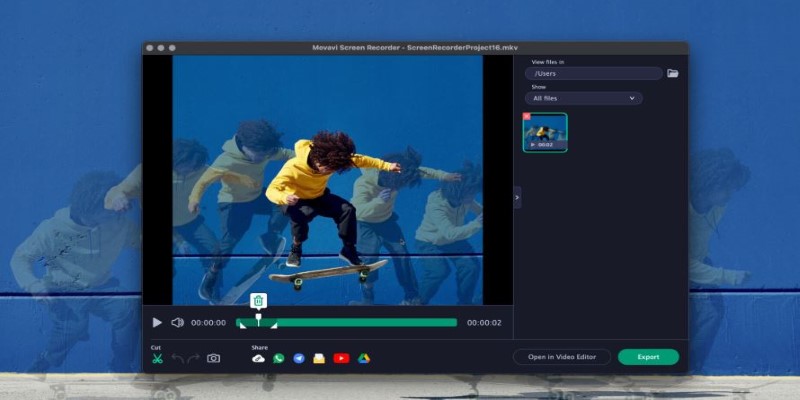
Movavi has built a reputation around simplicity, and their screen recorder doesn’t disappoint. The layout is clean, and everything you need is within reach. What sets it apart is how fast it responds. You can fire it up, adjust the capture area, and start recording in seconds. And yes, it supports MPEG formats without jumping through hoops. If you’re someone who wants the basics done well—and fast—this is an easy pick.
Audio recording is also handled neatly. You can pick between system sound, mic input, or both. For video creators, that little detail makes a big difference. No more rerecording just because the wrong source was selected. You get what you choose, and it delivers consistently.
Bandicam
This one’s been around for a while, and for good reason. Bandicam hits that sweet spot between performance and customization. It’s ideal if you need something lightweight but capable of capturing high-quality MPEG videos without freezing up your entire system. The compression works quietly in the background, meaning you end up with crisp footage minus the bloated file size.
Gamers tend to favor Bandicam, but it’s just as good for tutorials or walkthroughs. The real bonus? It doesn’t hog your CPU. You can keep recording while running other software without your machine sounding like it’s about to take off.
OBS Studio
Now, OBS isn't the most beginner-friendly tool out there—but hear me out. Once you get the hang of it, the level of control it gives you is unmatched. You can choose from various output formats, including MPEG, and the open-source nature of the program keeps getting better thanks to user input. It's not just a screen recorder—it's a full-on production tool.
The trick is to spend a little time setting it up. Once done, everything from transitions to multiple video layers becomes part of your toolkit. It’s perfect for streamers or anyone who wants their content to look just a bit more polished without shelling out cash.
CamStudio
If you’re into minimalism, CamStudio will feel right at home. It doesn't overload you with options, which might sound limiting—but it’s actually refreshing. The main focus here is straightforward MPEG recording. You won’t find flashy transitions or fancy editing tools. What you will find is a no-frills recorder that handles screen capture with zero fluff.
CamStudio gets bonus points for how light it is on your system. It’s almost invisible in terms of resource usage, making it great for older machines or when you need to record for long periods. Think of it as that dependable tool you keep coming back to—not because it’s flashy, but because it works.
Debut Video Capture
Debut has a unique charm—it blends old-school design with solid functionality. If you’re okay with a slightly outdated interface, you’ll be surprised by what it can do. It supports MPEG along with a bunch of other file types, and the built-in scheduler is a lifesaver. Set a time, walk away, and it’ll start recording without needing your presence.
The program even lets you add basic text overlays or color filters as you go, which is handy if you're creating explainers or walkthroughs. No need for post-editing just to label a section. It’s not flashy, but it gets the job done—and that’s what counts.
Apowersoft Screen Recorder Pro
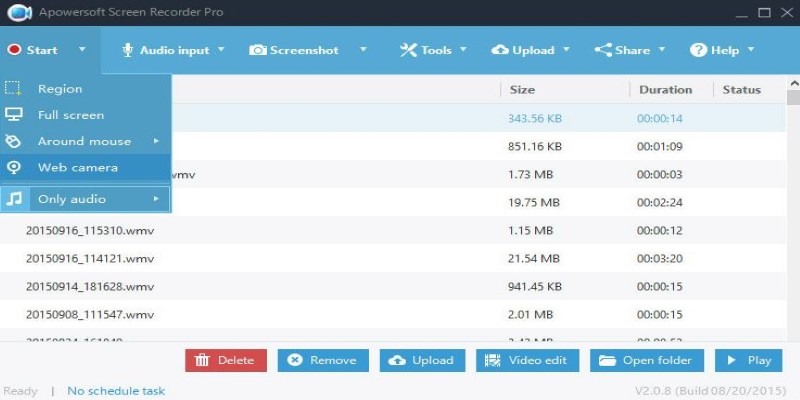
Some tools try too hard. Apowersoft doesn’t. It finds a good balance between usability and features. The interface is clean, and you can switch between recording options with a single click. MPEG output is part of the package, and it also includes cloud support if you're someone who jumps between devices.
One standout here is how smooth the recording feels—even when you’re capturing HD content. The software seems to understand that users don’t want to mess around with dropped frames or laggy output. Everything flows, and that makes it a great option for polished screen captures.
ScreenRec
This one’s made for folks who want things done fast. ScreenRec is about minimal setup and immediate results. It handles MPEG just fine, and once you’re done recording, you get a shareable link instantly. No exporting, no rendering delays. If speed is your top priority, ScreenRec deserves a spot on your desktop.
It does have fewer features than some of the others, but it makes up for it with its efficiency. Recording, storing, and sharing become one smooth process. It’s perfect for teams or solo users who just need a clean clip, fast.
ShareX
ShareX isn’t for everyone—but for tech-savvy users, it’s gold. The software is open-source and packed with deep customization. MPEG recording is supported, but where it shines is in the automation side of things. You can set triggers, define workflows, and even integrate with third-party tools.
It’s a little overwhelming at first, but once configured, it becomes one of the most capable tools out there. Every action feels like it’s made to save time. If you love tinkering and tailoring your software experience, ShareX might just be the most rewarding pick from the bunch.
Conclusion
There’s no one-size-fits-all MPEG recorder, and that’s a good thing. Whether you prefer the fast setup of ScreenRec, the detailed control of OBS Studio, or the quiet consistency of CamStudio, the key is knowing what matters most to you. Is it the speed? The editing features? Or maybe the file size?
We’ve all been there—scrolling through endless lists, installing one tool after another, hoping the next one will be “the one.” Hopefully, this list saves you from that cycle. Because when a tool works the way you expect it to, it changes how you create. And in the end, that’s what really makes the difference.
Advertisement
Related Articles

Everything You Need To Know About Trello Cards and Slack Messages
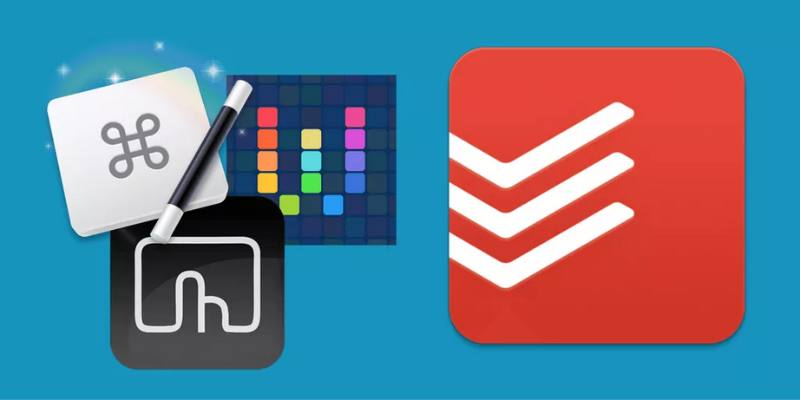
Discover Top 10 Todoist Automation Ideas to Assign and Manage Tasks Easily

ClickUp Vs. Monday: Best Project Management Tool to Use in 2025
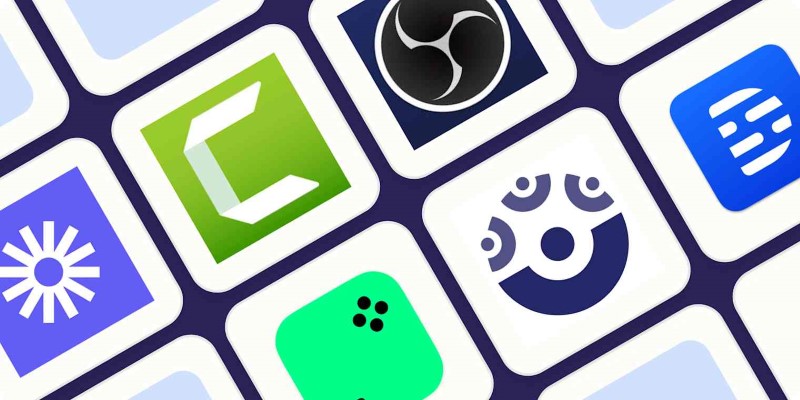
8 Easy-to-Use WebM Recorders for Windows PC Users

Yahoo Mail vs. Gmail: A Simple 2025 Comparison

Customer Portals Explained: What They Are and How They Work
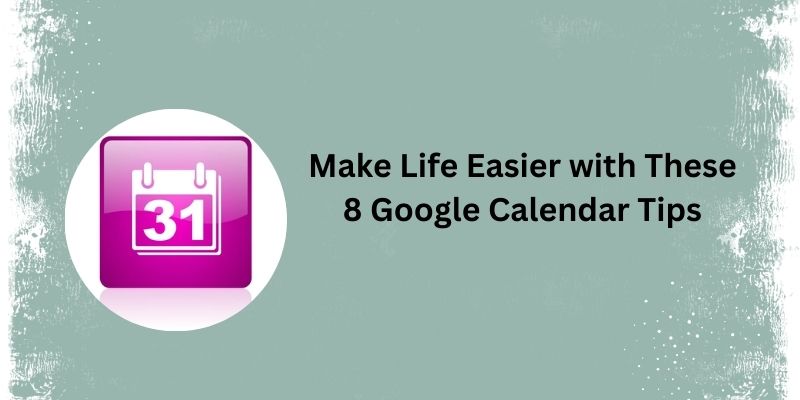
Top 8 Google Calendar Features You Should Use
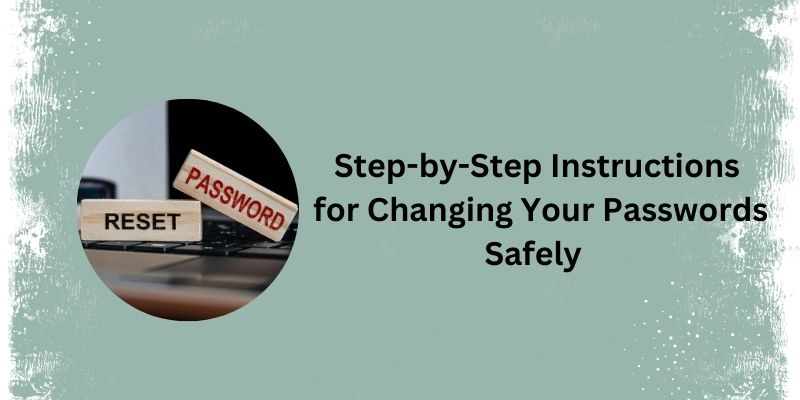
What Are the Steps to Change Your Password and Stay Safe?

Freshdesk vs Zendesk: Find Out Which is Better in 2025
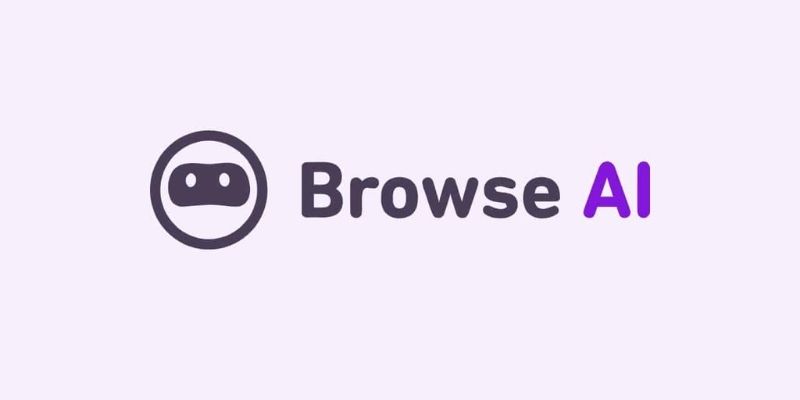
Browse AI: How to Scrape Any Website Without Writing Code
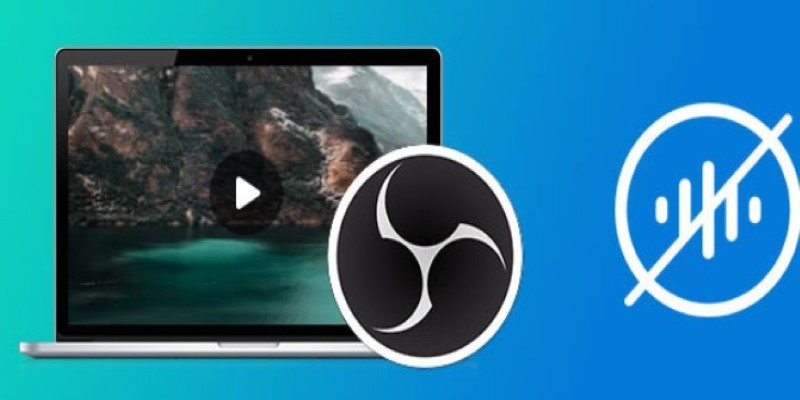
Useful Tips to Solve OBS Audio Delay Issues: A Comprehensive Guide
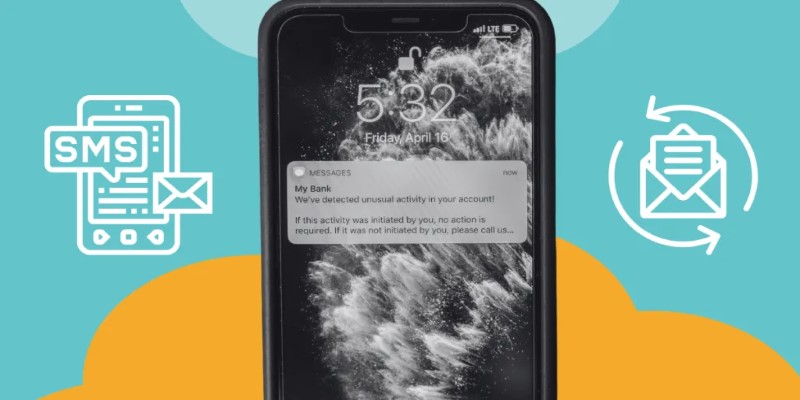
 novityinfo
novityinfo